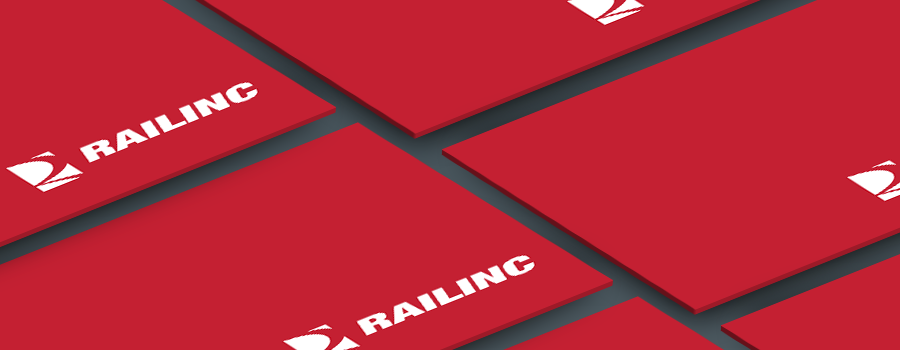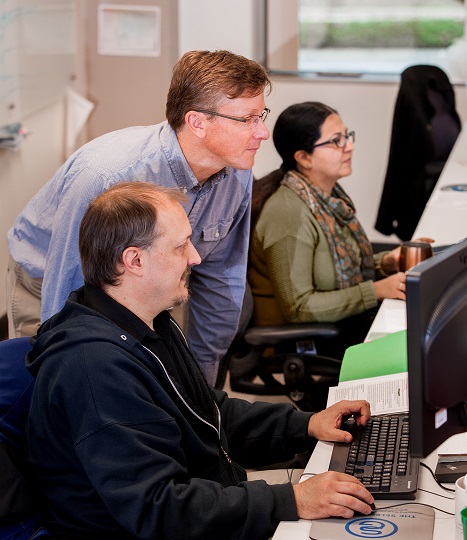
Nearly half of Railinc’s project development activities involve the implementation of rules and processes. So when Doni Reece saw the connections among Railinc systems, industry terms and equipment components mapped, she recognized the potential a networked view had to help employees understand the myriad rules and processes that underlie the company’s applications.
As a business analyst, Reece works on Railinc’s Umler® system, a cornerstone rail industry application that supports numerous other products, from Early Warning to Component Tracking. Being able to see the relationships mapped into “neighborhoods” gave her new insights into these connections, eliminated assumptions around equipment and component classifications, and was a first step in standardizing language and terminology around rules and processes.
“The neighborhoods provided a great viewpoint into our systems and the terms our industry uses and how they all relate,” Reece says. “And having everyone use the same terminology will make it easier to onboard new employees and team members.”
The work, done in partnership with outside consultants, is part of Railinc’s Rules and Process Modernization (RPM) program, an ongoing five-year initiative to develop operational processes, enhance employee skill sets and leverage technology to modernize Railinc’s rules and process management.
Launched in late 2014, the program will enable Railinc to take a more consultative approach with customers and will help to improve the efficiency, consistency and reliability of the rules and processes and optimize the work around them.
Program Changing Railinc’s Approach to Business Rules, Process Management
The North American freight rail industry depends on specific business logic to ensure the proper movement, interchange, monitoring, and repair of more than 1.5 million railcars across a 140,000-mile rail network. This business logic—often expressed as rules and processes—has traditionally been buried in code in Railinc’s applications, making it difficult to respond quickly to customer questions or requests, update applications, or share knowledge across the company.

For example, recently a customer wanted to know if individual railcars were qualified to carry a specific commodity and provided the commodity specifications. Railinc documented these specifications in the business rules engine, then ran the rules against the Umler system to instantly generate a list of which railcars could or could not transport the commodity. As a result, the customer could take action based on the inquiry in record time, keeping their freight cars—and their business—moving.
The RPM program is shifting the responsibility for rules authoring and management from IT to the business side of the company, increasing agility by enabling seamless knowledge transfer among developers, business analysts and customers. Business analysts, product support specialists and others will be able to research and update rules within an application without help from developers, which will free up time for IT to focus on development tasks.
“We wanted to manage the life cycle of the rules and process capabilities within our applications to create value through improved quality, increased productivity, and greater speed and innovation,” said Jeanine Bradley, senior manager of rules and process management at Railinc. “The program will improve visibility into the rules and processes, will spread these capabilities across the organization and will help us better align our products with our customers’ needs.”
Railinc is in the process of completing nearly a dozen technical assessments of applications to understand whether they are compatible with a rules engine, as well as business assessments of three product groups. The company is modernizing business rules and process management for five applications in 2016.
Railinc teams will also apply what they’ve learned to a new application that is expected to launch this year that will analyze and report on equipment failure data. This work is in addition to developing standards for internal authority over business rules and terminology, conducting multiple proof-of-concept projects and defining metrics that will help measure the productivity of development teams.
—Railinc Corporate Communications
This is the first in a two-part series on Railinc’s Rules and Process Modernization (RPM) program, its impact and the training the company is providing. Click here to read about the training that is part of RPM implementation.
